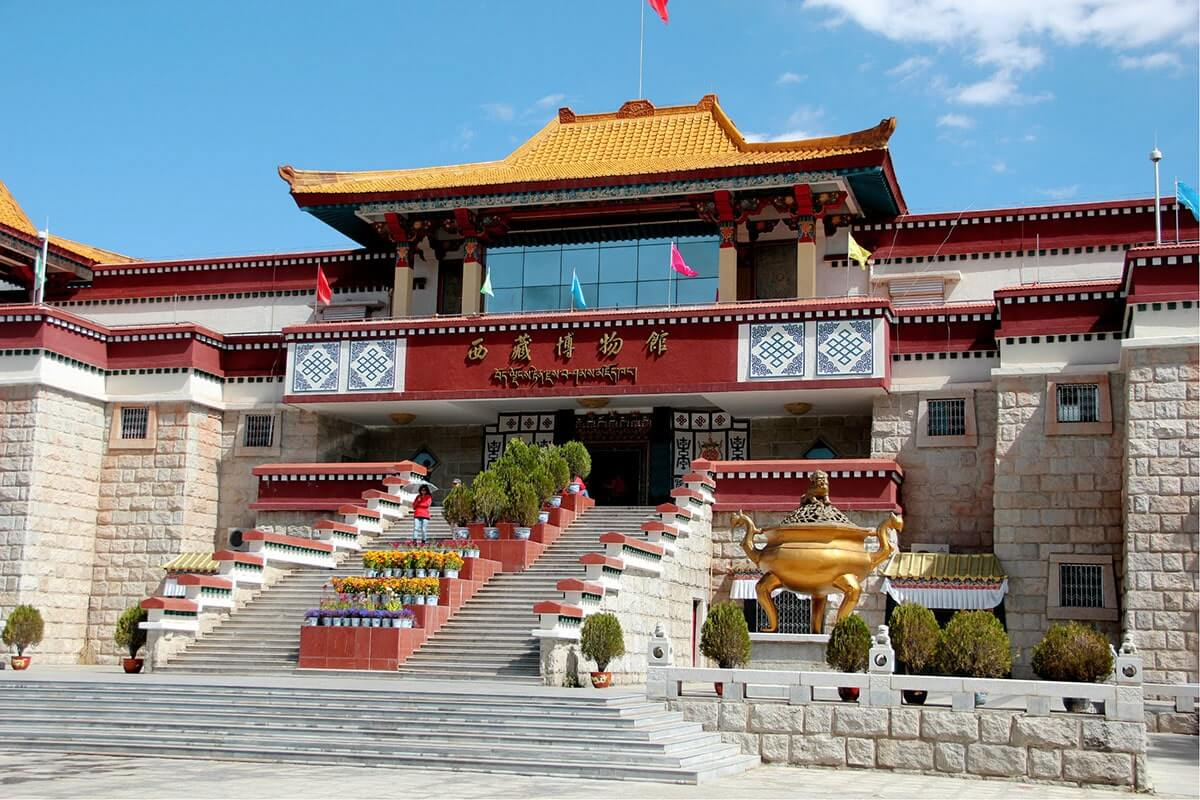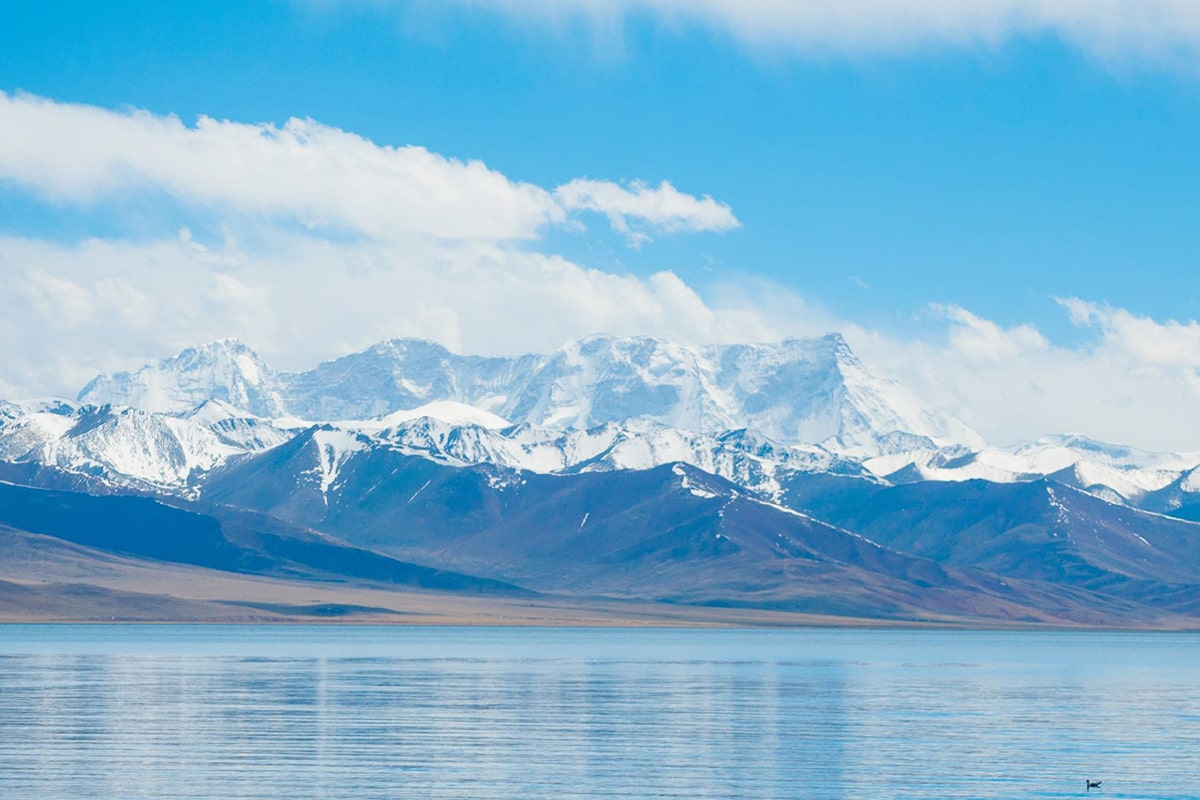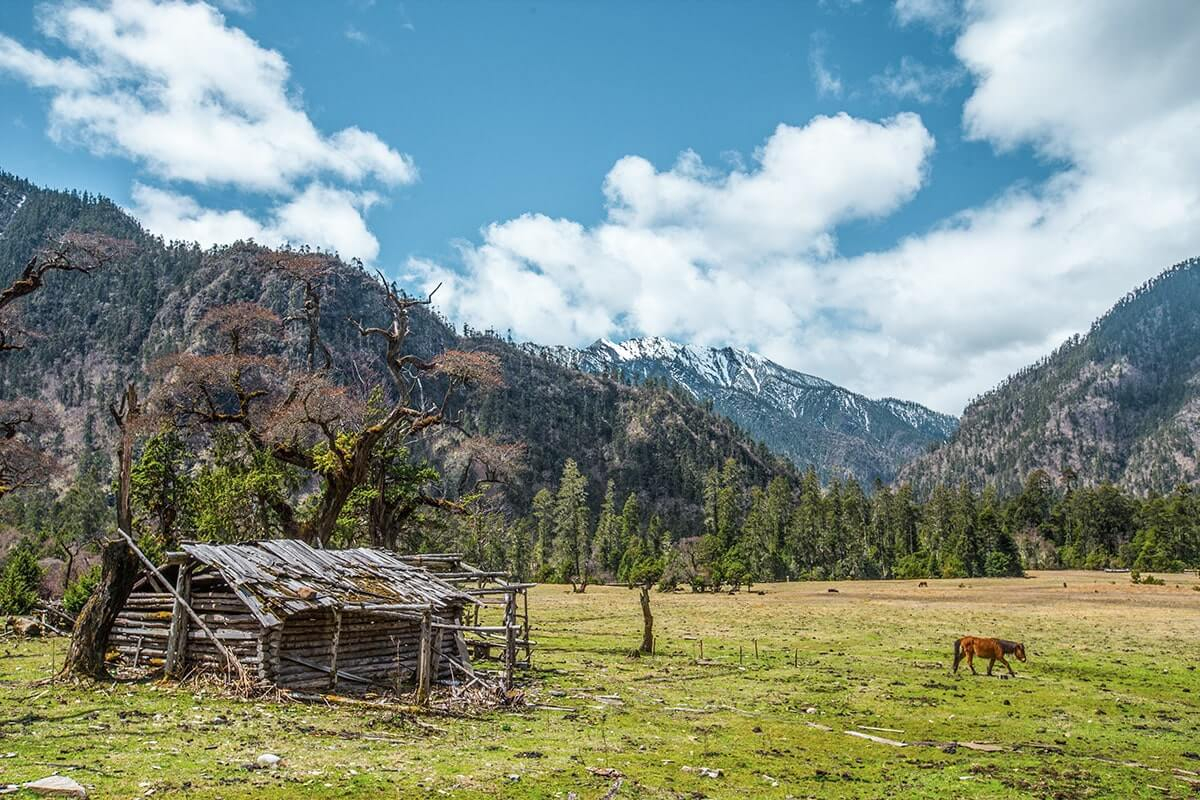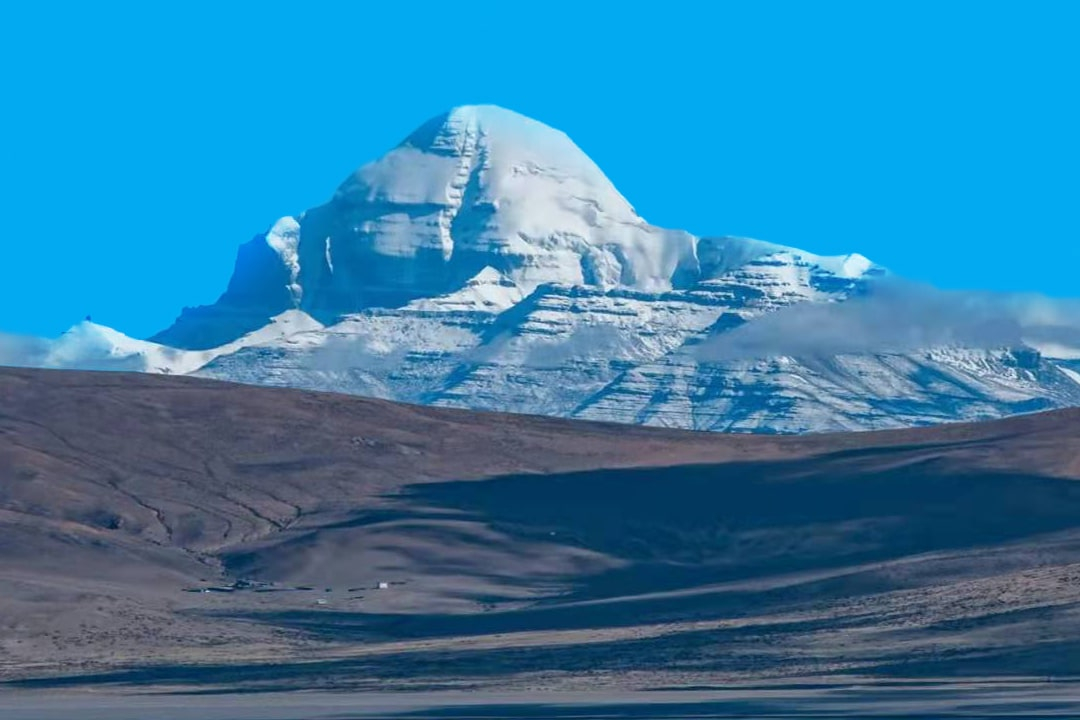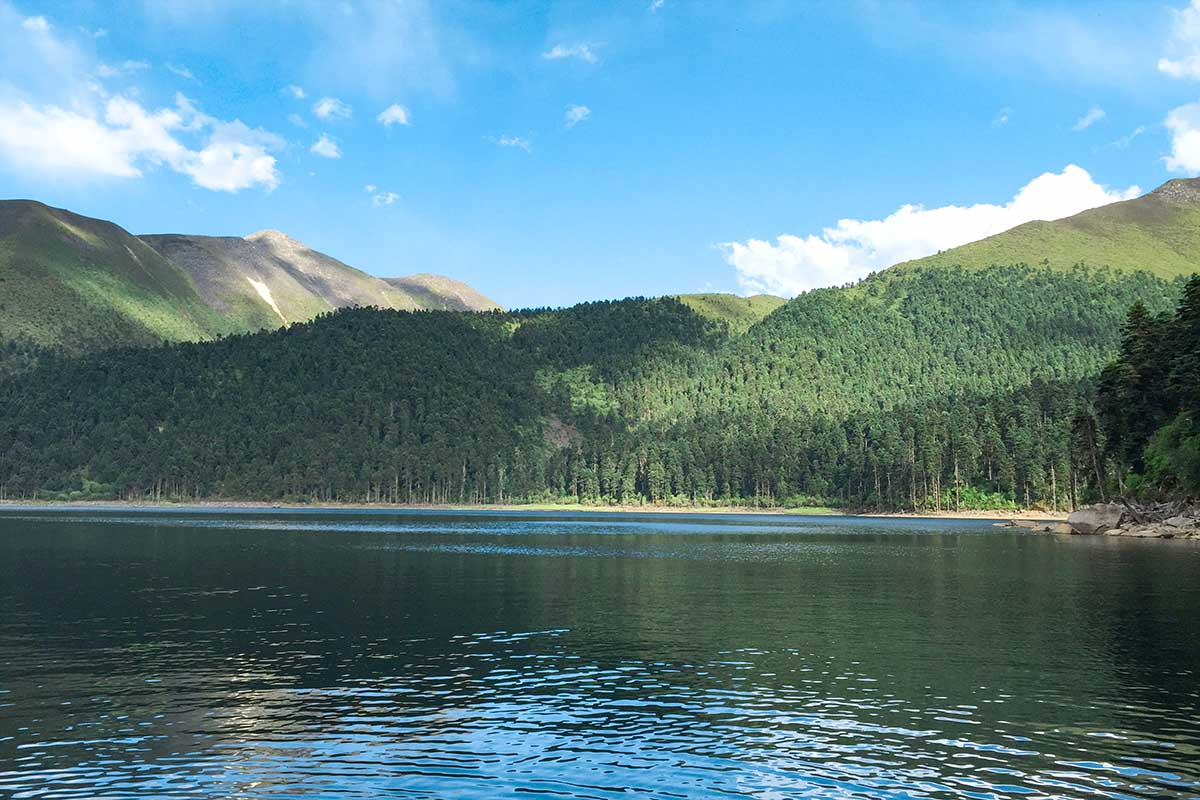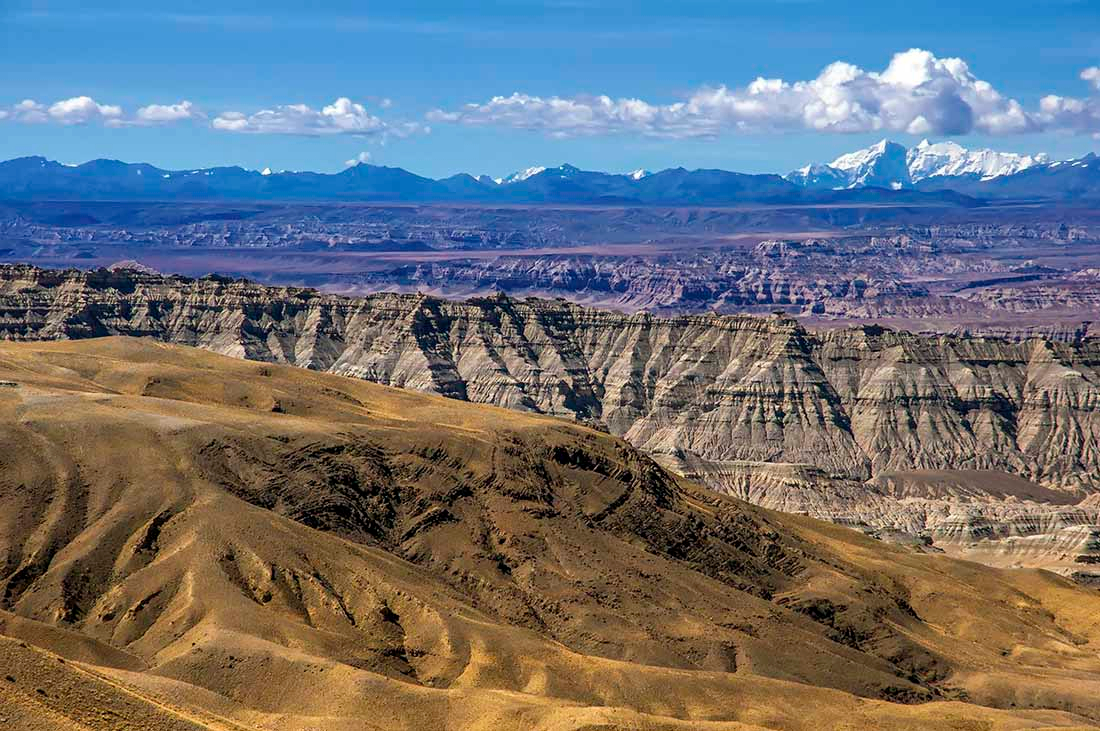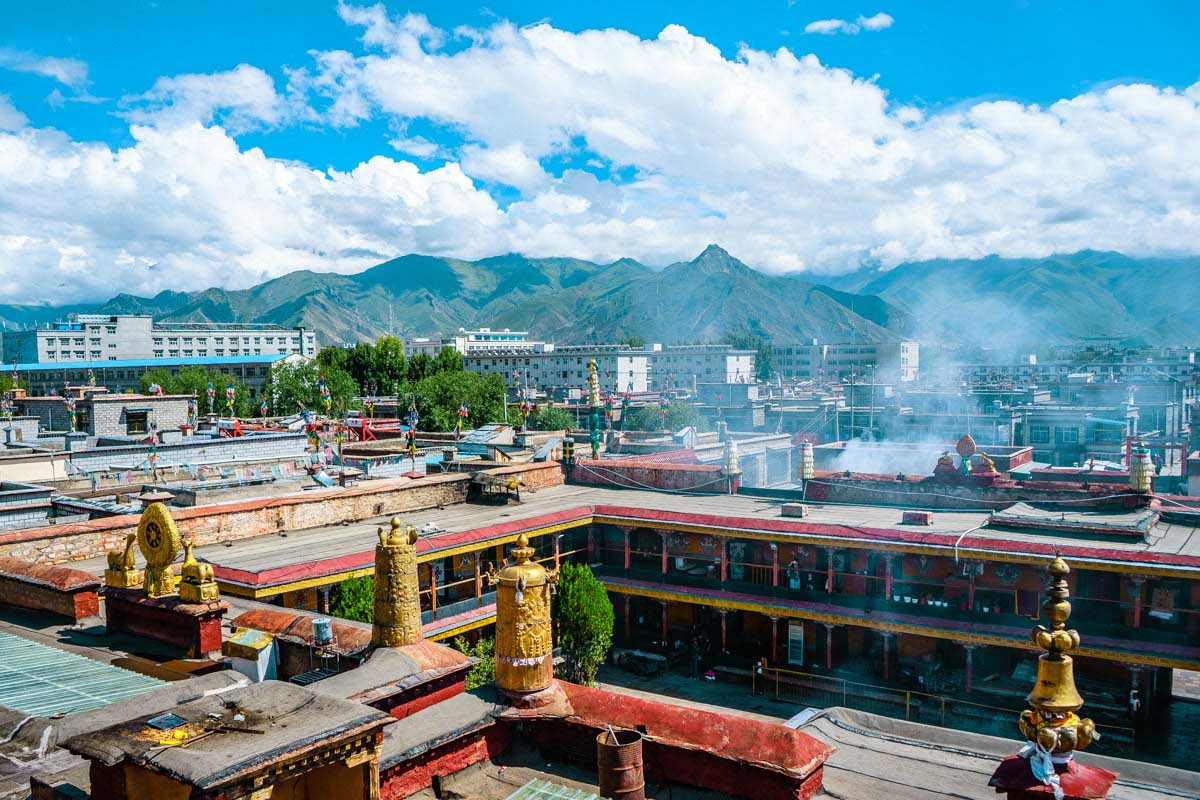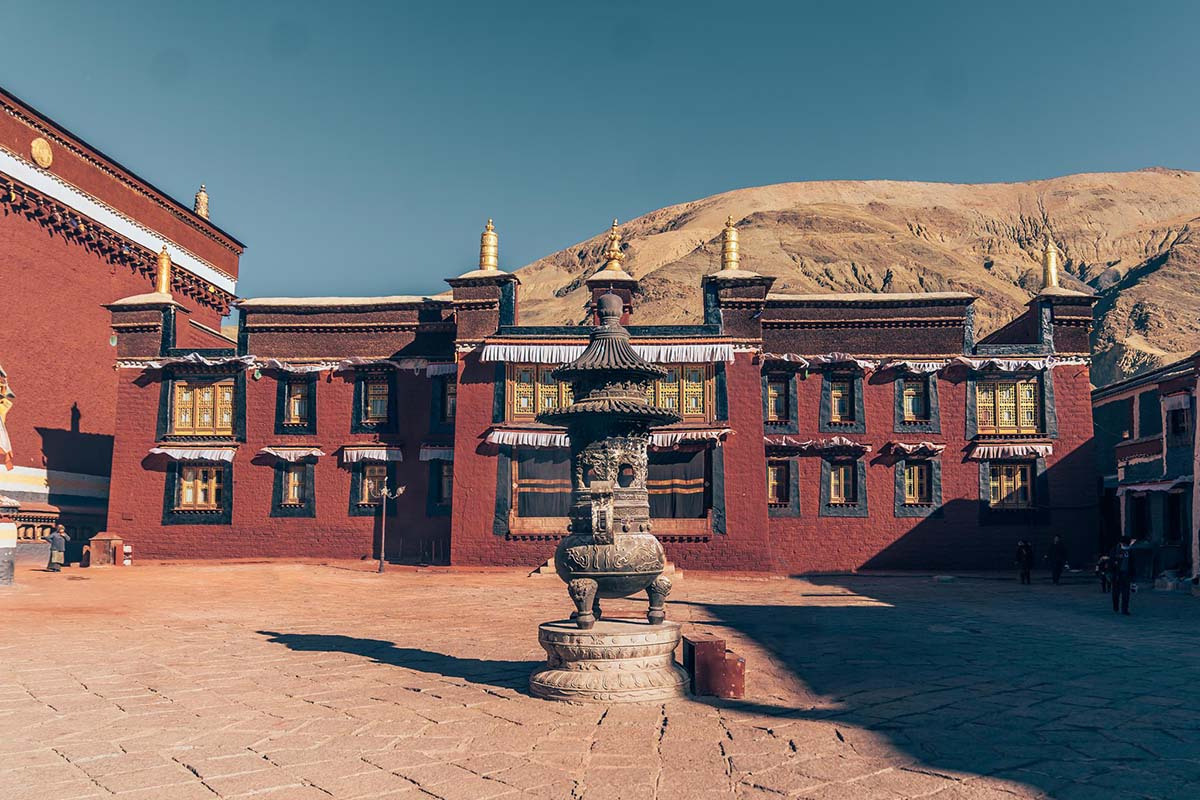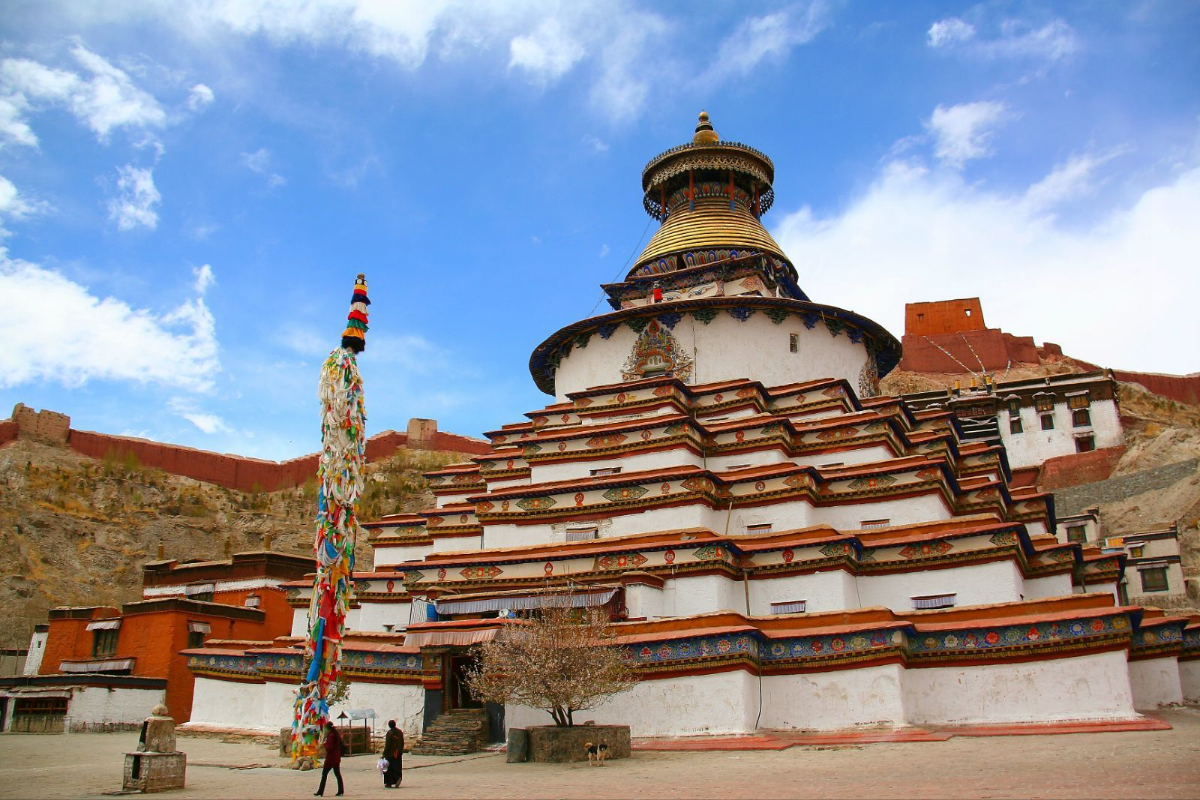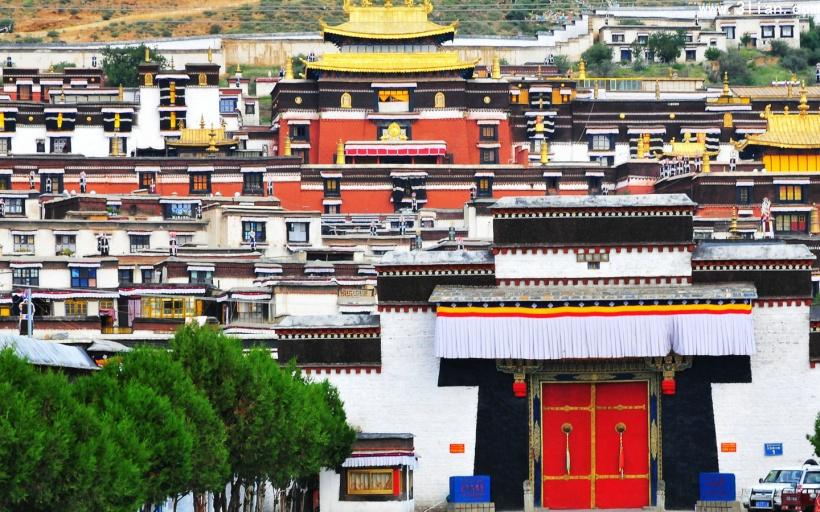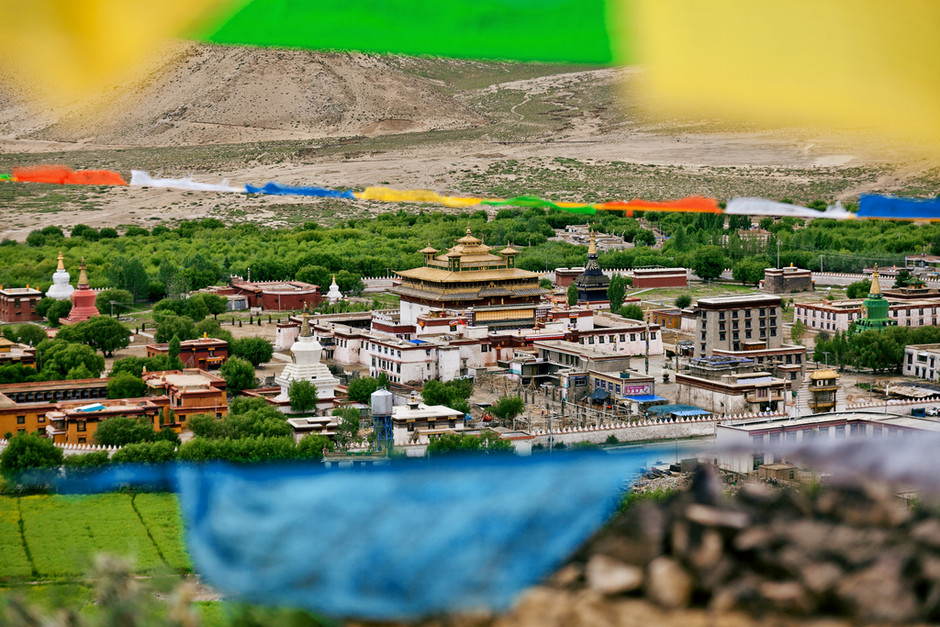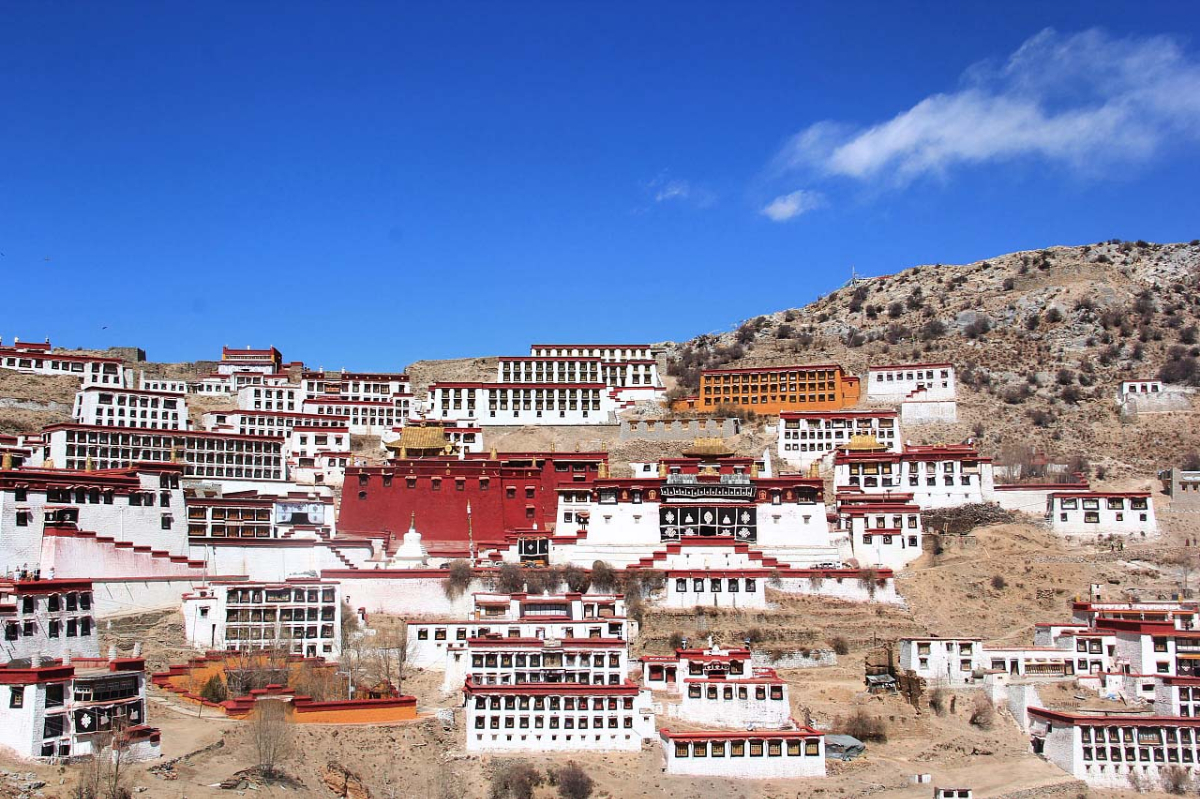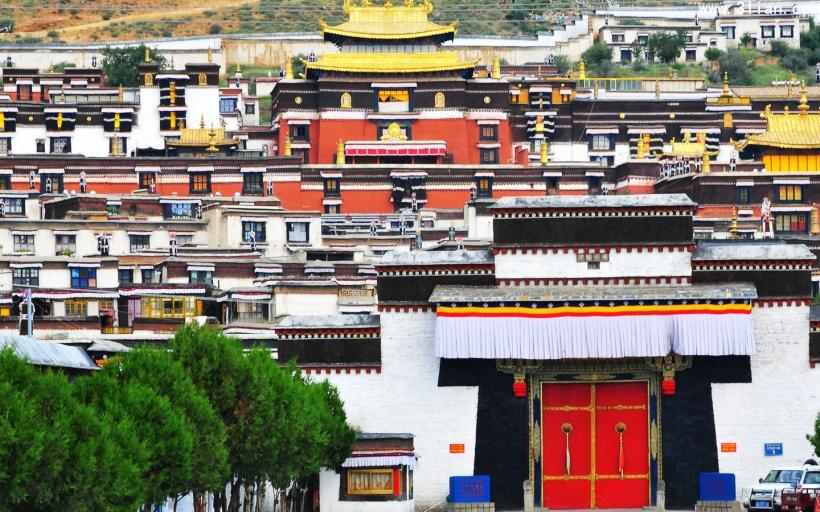Namtso Lake
Chinese name: 纳木错湖 (Na Mu Cuo Hu)
Location: Dangxiong county, Tibet(about 240km from Lhasa city)
Ticket: Entrance ticket CNY120.00 during May-Oct, CNY60.00 during Nov-Apr
Estimated tour time: half day
Recommended time to visit: May-Oct
Elevation: around 4700m
Nearby attractions: Potala Palcae, Jokhang Monastery, Barkhor Street, Sera Monastery, etc.
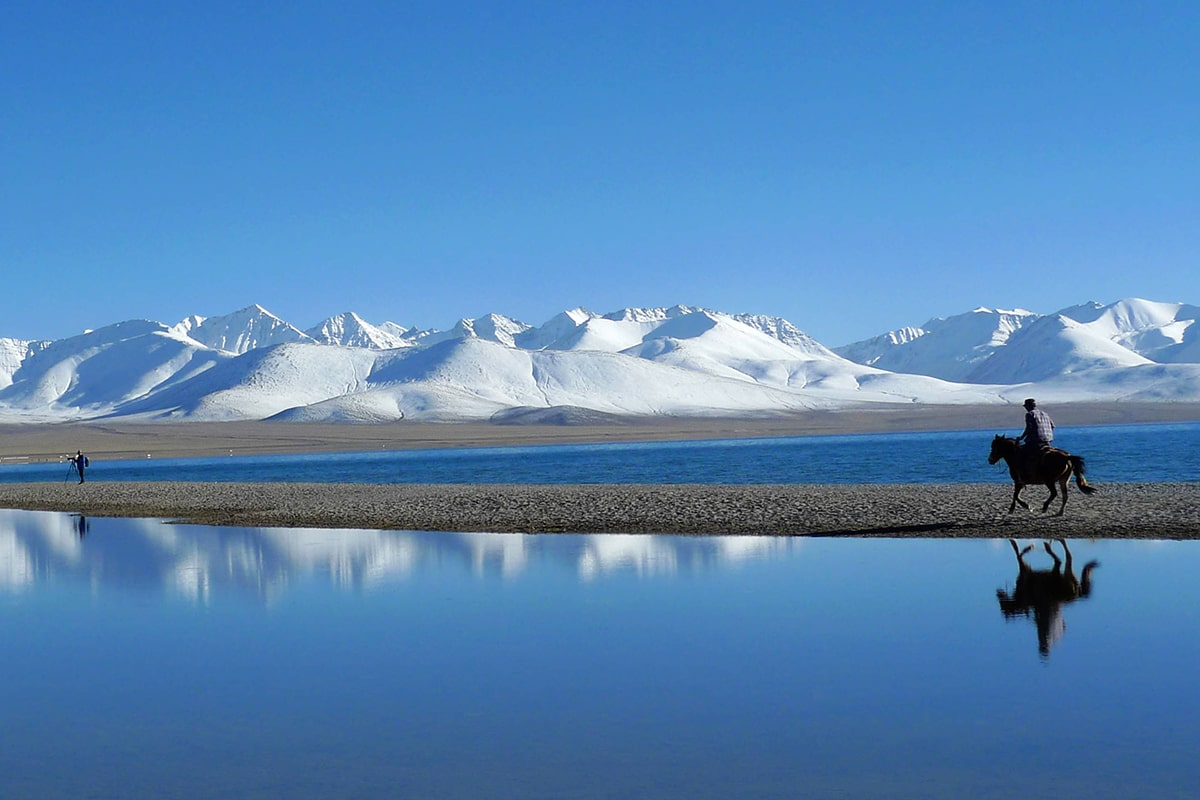
Namtso Lake, located the northwest of Lhasa is the highest saltwater lake in the world with an altitude of 4718 meters. As the second largest saltwater lake in China (next to Qinghai Lake), it covers an area of 1,920 square kilometers, with 70 kilometers in length from east to west and 30 kilometers in width from south to north. In Tibetan, Namtso means Heavenly Lake, also considered as one of the three holy lakes in Tibet, together with Yamdrok Lake and Lake Manasarovar. Consisting of over 1500 lakes and five big islands, which used to be the spiritual retreat, Namtso is the paradise of nature and a wonderful place for photo taking, especially in summer time.
Namtso is renowned as one of the most beautiful places in the Nyainqêntanglha mountain range. Cuddled by imposing Mt Nyenchen Thangla Ranges, Namtso Lake is defined by its surreal beauty. With seagulls hovering above the sparkling sapphire lake, you stroll along the boundless shore of Namtso, gazing at the snowy rolling mountains in the distance. Every so often, a group of prostrating Tibetan pilgrims will pass you by. The mantras chanting, gentle whisper of lake lapping and cave retreats in 5 peninsulas nearby, etc. heighten your awareness of traveling in an earthly heaven.

● Five Islands of Namtso Lake
The lake has five uninhabited islands of reasonable size stretch into the lake from different directions, among which the largest one is Liangduo Island. A great many bizarre stone peaks can be found on these islands. Some of them are like trunks; some look like human beings; some resemble trees. Various kinds of vivid shapes can easily arouse your imagination. At the same time there are many quiet grottos which are masterpieces of nature. Some grottos are narrow and long like subways; some are full of stalactites; still, others are like louvers. Queer rocks, steep peaks, natural stone ladders and other landform wonders on Zhaxi island present visitors a picture filled with mystery and enchantment.
● Zhaxia Temple
Namtso Lake is also a famous sacred Buddhist spot. There is a Zhaxi Temple in Zhaxi Island. In every Tibetan year of sheep, thousands of Buddhism adherents flock here to worship. As a rule, they walk clockwise along the lake in order to receive the blessing of the gods. The islands have been used for spiritual retreat by pilgrims who walk over the lake's frozen surface at the end of winter, carrying their food with them. They spend the summer there, unable to return to shore again until the water freezes the following winter. This practice is no longer advocated now in Tibet.
● Namtso Lake Travel tips
Best Locations for photography
Yingbin Stones – two huge and tall stones stands on the lakeshore. Colorful prayer flags hang over the stones, and wave in the wind. Marnyi stones and yak skulls surround the Yingbing Stone. This is the perfect foreground scene for shooting.
Gassho Stone – two large stones fold like two palms. This site is a great place to shoot the sunset. Chase the golden sunlight passing through crevice of two stones.
Hilltop of Tashi Peninsula – walk several minutes on the paved roads to the hilltop of Tashi Pennisula where is the best location to shoot the sunrise and sunset. On the hilltop, you can also get the wider view of Namtso, and clearer scene of snow mountains afar.
Namtso Climate
Namtso Lake is a transition zone of semi-humid and semi-arid with sufficient light, heat, water resources and low pressure. The air density measured in Damxung County and Baingoin County is 0.73 kilogram per cubic meter, and the annual sunshine duration is about 3000 hours, the annual sunshine rate is greater than 65%. With clear rainy and dry season, the rainy season is from June to October every year, the annual average precipitation is about 410 mm, and from November to May of the following year is the dry season.
Windiness is a prominent feature of climate at Namtso lake and its surrounding areas. Comparing the data of Damxung and Baingoin, the annual average gale days above grade 8 are 73.8 days in Damxung and 85.5 days in Baingoin. The gale days are mainly concentrated on December to May of the following year, during which the gale days account for 79.4% of the year in Damxung County and 71.7% of the year in Baingoin County. During the day, the wind often appears in the afternoon and evening, the wind on the water surface is particularly strong; The dominant wind direction of Namtso is southwest wind.
Best time to visit Namtso Lake
To have a trip to Namtso Lake, you should avoid December, January and February when the attraction is usually closed for maintenance for the strong snow. The guest houses and restaurants also retreat during that period. You are suggested to visit Namtso Lake during June to September. Summer is the best time for visiting to the lake. During the time, wild yaks, blue sheep, Mongolian wild asses, foxes, black bears, water deer, marmot, hares and other wild animals leisurely look for food along the expansive lake shores; countless migratory birds fly here to lay eggs and raise their squabs; sometimes lovely fishes in the lake jump out of water, enjoying the warmth of the sunshine; sheep and cows herds are like flowing white blanks on the green grassland which can stretch as far as your eyes can see; the dulcet songs of Gauchos resound through the valleys. This time of the year Namtso Lake is full of life and activity.
How to get to Namtso Lake
Without any available airport, railway station or public bus station in Namtso and nearby, driving is the only transportation to Namtso Lake.Lhasa is the best starting point of Tibet tour chosen by most tourists. The road connecting Lhasa and Namtso Lake is in good condition. It is made of two sections – part of G109 National Highway (Qinghai Tibet Road) and winding uphill road. It takes about 3.5 hours to get to Damxung County from Lhasa through G109, and about 2 hours from Damxung to Namtso Lake Scenic Area. The whole journey takes around 5 hours. On the way, you can feast your eyes on the continuous peaks, boundless prairie, magnificent Qinghai Tibet Railway, flocks of yaks and sleeps as well as the tents of the local Tibetan.
Other Travel Tips
It is easy to suffer from High Altitude Sickness (HAS) for people who haven’t acclimatized themselves well to the plateau especially in the night at Namtso Lake as the lake is located more than 4700 meters above sea level. Our suggestion is that you can spend several days in Lhasa and surrounding area where the altitudes are lower for acclimatization. When your body is ready, you can go to Namtso Lake. If you have no confidence on your physical condition, don’t manager with the effort to stay a night at Namtso Lake because the HAS usually occurs in the night.
After getting to Namtso Lake, you should keep yourself warm all the time. Don’t remove your jacket even the temperature casually or you may catch a cold, which is very dangerous on the plateau. Avoid fast and long walking and other strenuous activities.
- HOTEST
- RECOMMEND
